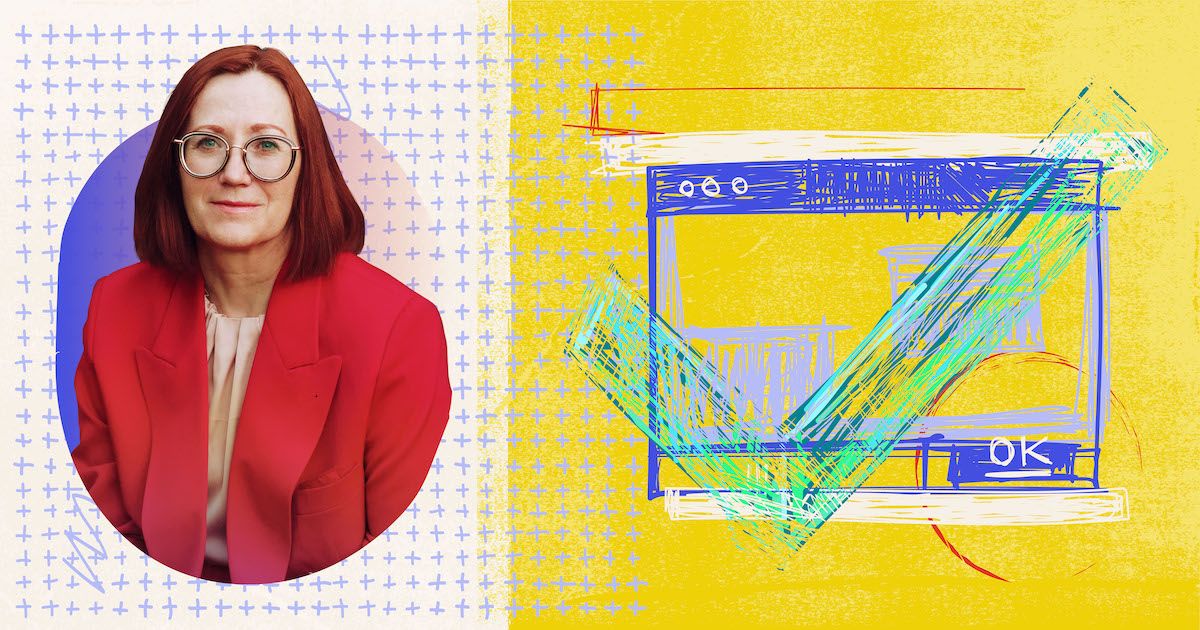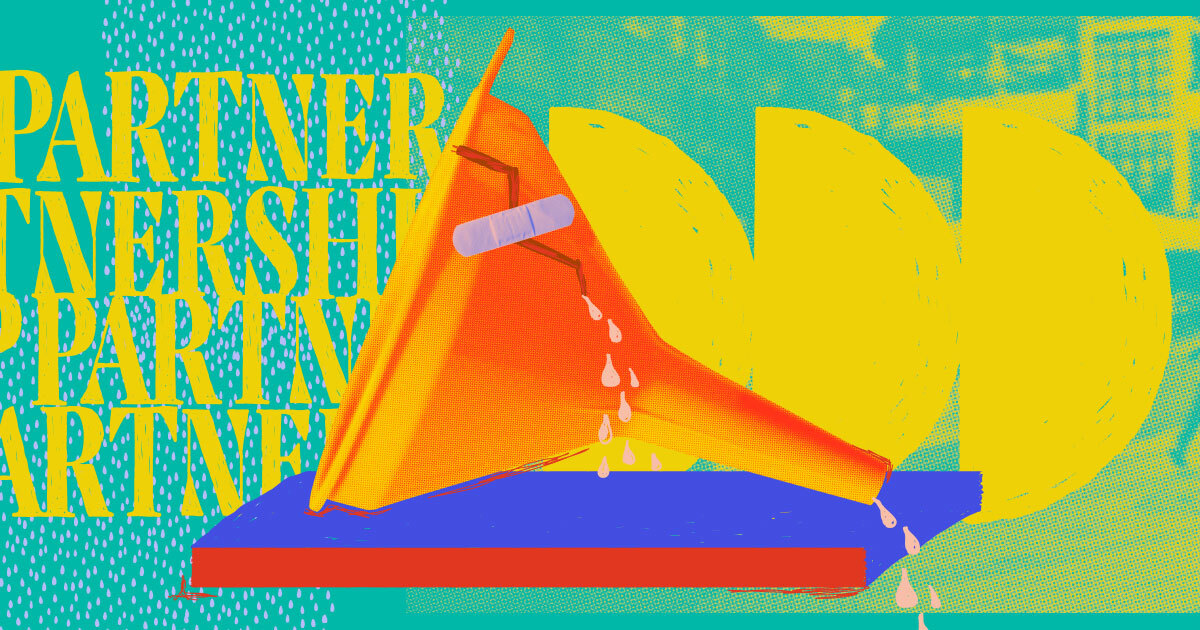If you want proof that partnerships work, look no further than the hippopotamus and the oxpecker. The oxpecker, a species of bird from sub-Saharan Africa, is known to ride along the backs of hippos eating insects. It’s an excellent arrangement for both parties: The bird gets to feast on a steady supply of food, while the hippo is delighted to be protected from potentially dangerous parasites.
Similarly, in business relationships, the key to a successful partnership is to find rewards that compel each party to enthusiastically uphold their end of the bargain. While rewards in B2B partnerships are almost exclusively monetary, there are still myriad complexities to consider. Should you pay your partners for leads or just for closed sales? Should you offer a flat fee or rolling commission? Should you tier your rewards to give the best-performing partners a larger cut of revenue?
In this article, we’ll provide seven essential questions you need to answer in order to find the sweet spot for your business. By thoughtfully approaching these key considerations, you can build a solid rewards scheme that mobilizes your partners and drives significant revenue.
1. What are the goals of your partner program?
The very first question you need to think on is: What KPIs (key performance indicators) are you responsible for driving? You want to align the activities your partners get paid on to your own goals. If your internal KPI is new paying customers, you want to reward your partners for new paying customers. If your KPI is leads, pay partners for new leads created. If this sounds obvious, it’s easy to get tripped up in practice and err by being too clever.
“A common mistake I see vendors make is that they incentivize for the wrong thing, and make partners read between the lines to know what they actually want,” says Nikita Zhitkevich, Director of Channel Partnerships and Alliances at PartnerStack. “If you accommodate a partner who asks to be paid on cost per click when you really want leads, the partnership won’t work out, because ultimately, the leads won’t come from the clicks that occur. Remember, you get what you incentivize.”
See more: The definitive guide to easy partner payouts.
2. What activities will you reward partners for?
This may be an easy question to answer if you have clear KPIs. But if you have multiple KPIs, or are not sure where to begin, it helps to examine the three most common rewards structures.
Common reward structures:
Cost per click
With a cost-per-click model, the vendor pays an affiliate a fixed amount for each click they drive on a link.
This can be risky for several reasons:
- Fraud is common (e.g. a click farm driving bot traffic to your link).
- There’s zero guarantee of the quality of the clicks (e.g. your affiliate may not be driving clicks from qualified potential buyers).
- Much like an impression, it can be hard to reliably quantify the value of a click.
Unless you’re working with a highly trusted partner, this model is typically not recommended because it opens up a lot of risk. You could pour a lot of marketing dollars into something that may not produce results.
Cost per lead
With a cost-per-lead model, the vendor pays partners a fixed amount for each qualified lead, or contact information from someone who is ostensibly interested.
The cost-per-lead model is a popular solution. It’s attractive to affiliates since it frontloads their reward, as opposed to having to wait until a sale goes through to see their payout.
Some vendors will implement a means of quality control to make sure they’re only paying out partners for sales-qualified leads who are likely to lead to Closed/Won business.
Cost per acquisition (also known as “cost per sale”)
In a cost-per-acquisition model, the vendor pays the partner on a sale. The payout can either be a fixed dollar amount, or it can be a percentage of a sale to account for varying deal sizes. It takes them longer to realize their reward, but the upside for you is partner payouts are directly tied to you making money.
Sometimes the payout is a one-time event, but other times the partner receives a portion of the monthly recurring revenue — either for a fixed period, or for the lifetime of an account. Since sales are a continuous event in B2B, with subscription charges continuing to renew month over month, this can incentivize partners to keep providing high-quality support to customers in order to retain their business.
You may also find that some organizations care much more about giving their customers a positive experience than turning a profit off the partnership, so they will choose to forego a payout in order to pass the discount onto their customers. For example, a membership organization like AAA may ask to give their members a 20% discount instead of taking a 20% cut of all sales they help facilitate.
The cost-per-acquisition model can apply to any type of partnership program — affiliate, referral, or reseller. The type and amount of reward you offer should depend on how much they're involved in the sale, as well as how much work they’re doing to maintain the client over time. For example, you may choose to give affiliates a commission of 15% for one year, but give resellers 30% for the lifetime of the account, because they're doing much more work to sell and maintain that account over time.
Combinations of reward structures
You can also layer multiple types of reward structures to incentivize what you want with more granularity. Perhaps your ultimate goal is to close sales, but you also want to incentivize a high volume of leads. Then you could offer a modest cost per lead while also incentivizing a larger reward down funnel, when a deal closes.
How do I know which model to use?
“For longer sales cycles, we recommend rewarding anywhere in the sales cycle that a partner can influence. An affiliate promoting a $50k ACV product can’t influence buying decisions. So you might want to reward only influenced sales-qualified opportunities,” says Luke Swanek, Co-Founder at PartnerStack.
“You’ll likely want to reward referral partners further down the funnel. And if it's a reseller, maybe you want to compensate them not only for a sales-qualified opportunity, but also when they purchase. You need to think: What level of control do my partners have and how far down the funnel should we incentivize them?”
3. What type of reward will you offer?
While monetary rewards are by far the most common, some vendors also choose to offer leads or marketing funds as rewards.
Typically, vendors will only offer leads as a reward to a small subset of highly successful partners who have proven themselves to be hard-working and trustworthy partners. “Leads have to go both ways. No organization just wants to feed leads to another organization to close, because that is a parasitic relationship. It needs to be symbiotic,” says Nikita. To this end, partners who receive leads may commit to a revenue threshold — for example, they contractually commit to close $50k a year or pay it as a penalty.
Marketing development funds are also a popular reward since they’re mutually beneficial. This can include money to co-run LinkedIn ads, webinar programming, team training, or live events. It’s common to offer these types of rewards on quarterly SPIFs or quarterly engagement challenges to motivate partners to drive specific goals on a specific timeline.
“Great non-monetary rewards would be: speaking engagements, opportunities to co-market with you, attending a specific event, and free swag giveaways,” says Luke. “Ask yourself, what would your partners find most valuable and beneficial? More importantly, what would your best partners find valuable and beneficial? These rewards should nurture the partner relationship and feed back into the program.”
Related: How automation can help you scale.
4. How much commission should you offer?
Consider this question: Are you looking to grow revenue exponentially or trying to be efficient? “If you’re looking to grow revenue aggressively, then be generous with your rewards,” advises Luke. “If you’re looking to be efficient, then be efficient with your rewards.” Being generous with rewards can also help jumpstart the momentum of a new program.
Luke advises looking at your cost to acquire a customer (CAC) from your traditional sales and marketing channels. Your partner channel should always be significantly more efficient than traditional demand generation channels, since the overhead salary cost is much lower and you’re already piggybacking off of existing enablement materials.
New programs sometimes make the mistake of offering rewards that are hyper-efficient, and not as generous as they could be. For example, if your current customer acquisition costs are $500 per customer and you’re only offering a $50 reward you’re likely over-indexing for efficiency, as opposed to optimizing for growth.
“When partnership leaders look at just how high their costs are in their direct channels, including the commissions they pay their AEs and overhead costs, suddenly partner commissions become very affordable, very quickly,” says Luke.
5. Are there industry parallels that would be a useful starting point?
When building a new rewards scheme from scratch, it can be incredibly helpful to look at a few examples of successful programs run by organizations comparable to your own.
Ask yourself the following three questions, then look at businesses that would have answered the same way.
- Does your product generate a relatively low average customer value (ACV) or high ACV?
- Do you have a relatively long sales cycle or a short one?
- Are you running an affiliate, referral, or reseller program? (If you’re running two or more, look at different examples for each.)
6. If you’re using a cost-per-acquisition model, will you offer a flat fee, an ongoing percentage, or a combination of both?
In a cost-per-acquisition model, you have a few options in terms of the frequency of payout. You could offer a one-time payout like Nextiva, which offers partners $100 per phone line sold. You could offer a percentage of the sale, like Landingi which offers 25% of every sale for the entire lifetime of a customer. Or you could choose a combination of both, like Oribi, which offers $500 per subscription and 20% of revenue over a customer’s lifetime.
Luke often advises vendors to offer rolling commissions because the payments serve as a regular reminder to your partners that they earn revenue when they sell your products. Sometimes with a flat fee, partners become disengaged because they don’t have the continual reminder. Plus a rolling commission incentivizes partners to support customers throughout their journey since they benefit when customers stick around. This can also reduce the burden on your organization's customer success and support functions.
Sometimes a combination of flat fee and rolling commissions can offer the best of both worlds. If you have a low ACV product, say $100 per month, and you’re paying your partners 20% for a sale — $20 per month isn’t a ton of money. You may want to consider awarding a bonus of $50 or $100 on the first reward to start strong then offer rolling commissions thereafter.
7. Will you tier your program?
Tiering can be an incredibly powerful tool that allows partners to start off easily and get more and more love as they drive more value. Often vendors will separate tiers by a revenue or leads threshold. For example, bronze partners sell $10,000 a month, silver partners sell $20,000 a month, and gold sell $30,000. Higher tiers may be rewarded with a higher percentage of revenue — for example, 10% for bronze partners, 15% for silver partners, and 20% for gold partners.
Tiers can also serve as a motivational tactic that encourages your partners to constantly strive for the next level. Many who give leads as a reward only give them to the highest tier because once the partner has proven themselves by reaching that level, it makes sense for the organization to send you a lot more business.
Beauty is in the eye of the rewarder
While there are best practices that apply broadly, no two businesses are exactly alike. By thinking through these questions, you’ll design a rewards structure entirely customized for your unique business and your goals. It’s worth investing time into because if you, like the hippo and the oxpecker, can figure out a mutually beneficial arrangement, then you’ll have an extremely rewarding journey ahead.







.jpg)



